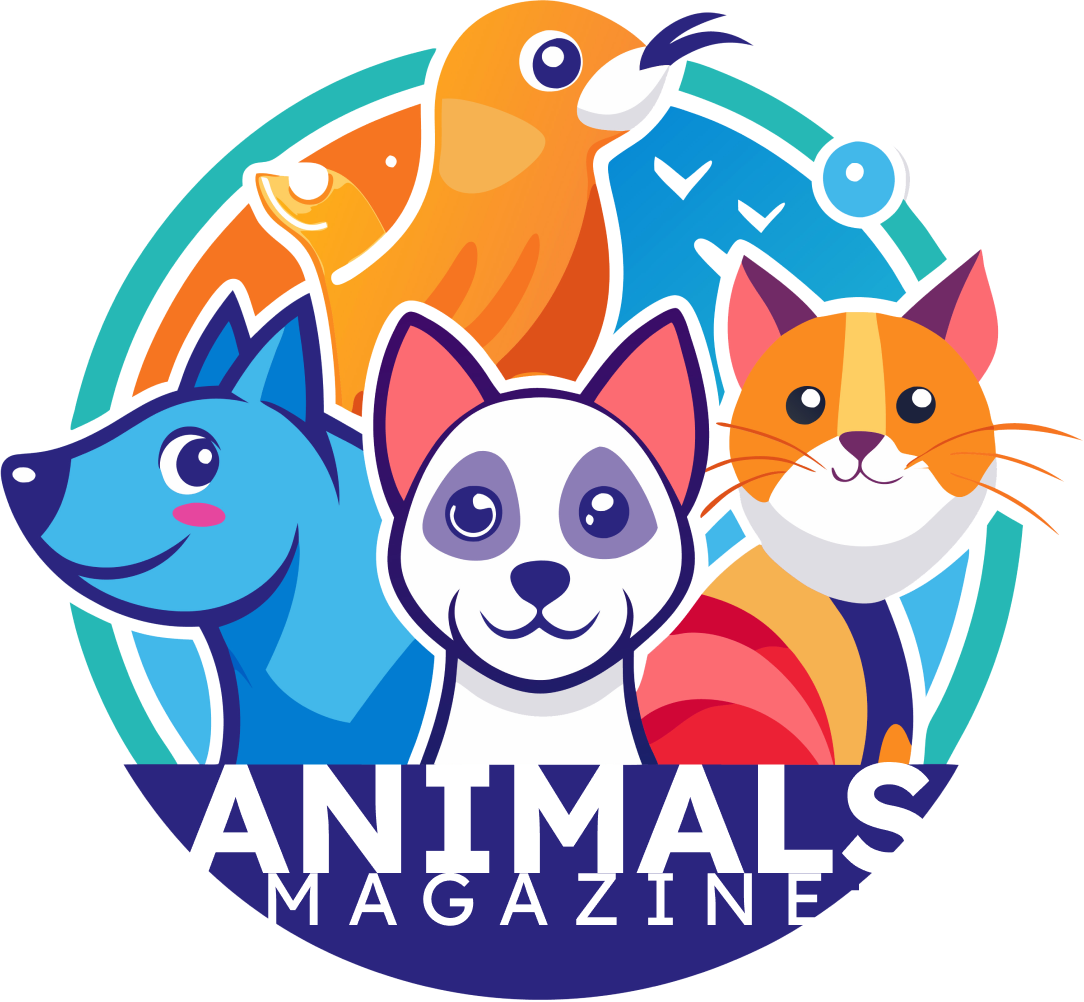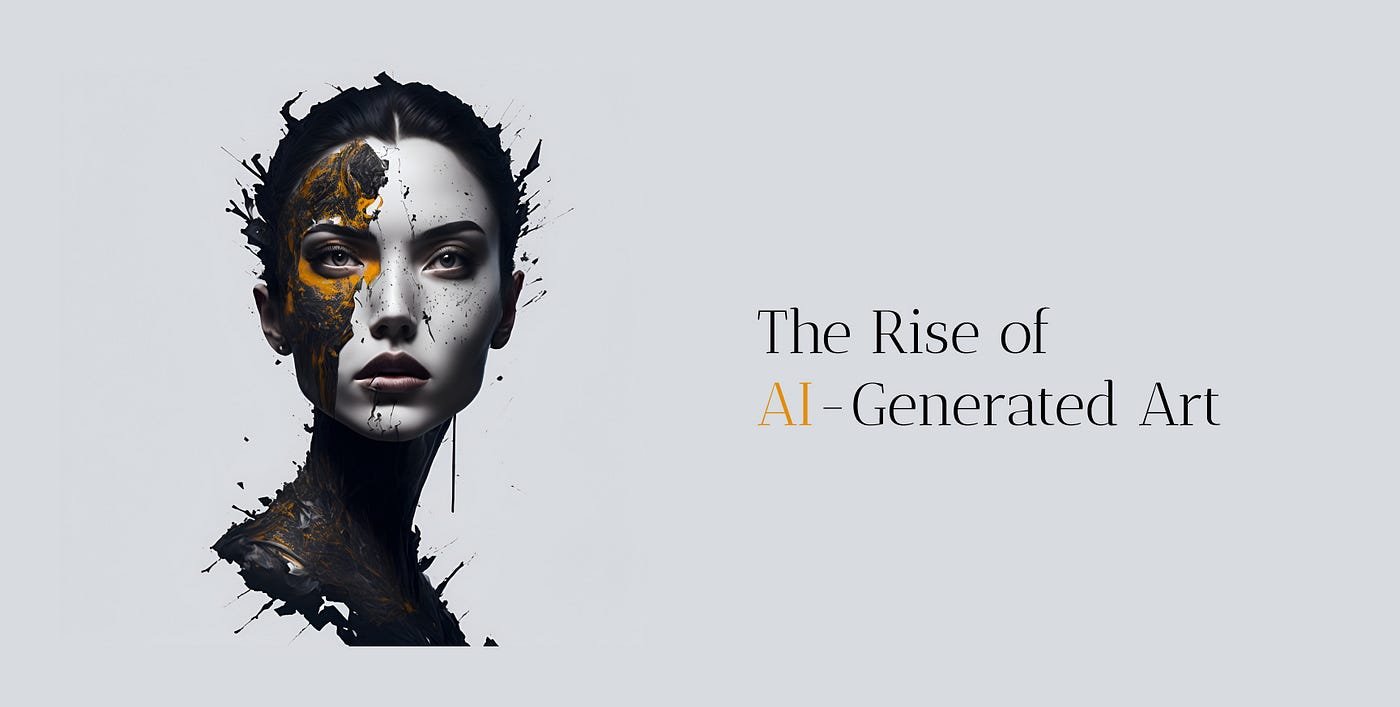Introduction
The story of art is also the story of tools. From the first pigments used on cave walls to the invention of oil paint, from the printing press to the camera, every technological innovation has changed how artists create and how audiences experience their work. Today, artificial intelligence stands at the forefront of this evolution. What began as a set of experimental algorithms has now blossomed into a movement transforming the art world. AI-generated art has moved from research labs into mainstream culture, sparking excitement, controversy, and philosophical debate. For some, AI represents the next great tool in the artist’s kit, a way to expand creativity beyond human limitations. For others, it poses existential questions about originality, authorship, and even the definition of art itself. The rise of AI-generated art marks not just a technological shift but a cultural revolution.
What Is AI-Generated Art?
AI-generated art refers to visual works created with the assistance of artificial intelligence systems. These systems are trained on massive datasets of images, learning to recognize patterns, styles, and techniques. Once trained, they can generate new images that resemble or reinterpret existing artistic traditions—or create entirely new visual languages. Popular platforms like DALL·E, MidJourney, and Stable Diffusion allow users to create artworks simply by typing prompts, while more advanced models can learn from an individual artist’s style and produce variations.
The process may sound mechanical, but it involves a collaboration between human imagination and machine learning. The artist supplies ideas, prompts, and refinements, while the AI executes them with speed and versatility. This synergy has opened doors to new possibilities, from photorealistic fantasy landscapes to abstract designs once unimaginable.
The Democratization of Creativity
One of the most significant impacts of AI art is accessibility. For centuries, mastery of art required years of training, practice, and resources. AI tools allow individuals with little or no formal training to produce compelling visuals. A teenager with a laptop can now generate images that rival professional illustrations. This democratization disrupts traditional hierarchies in the art world, empowering voices that may never have been heard.
Platforms that integrate AI art into design, advertising, and entertainment also make visual creativity more widespread. Independent authors can illustrate their books; small businesses can design logos; educators can create teaching materials—all without the need for professional commissions. Critics worry this may threaten traditional careers, but supporters argue it levels the playing field.
AI as a Creative Partner
Contrary to fears that AI will replace human artists, many practitioners view it as a partner rather than a competitor. Artists use AI tools to generate inspiration, iterate concepts, or experiment with styles quickly. Instead of spending hours sketching variations, they can prompt the AI to produce dozens of options within minutes, then refine or combine them.
AI’s generative power also pushes creativity into new territories. By blending styles or generating unexpected results, it introduces an element of surprise—sometimes even inspiring artists to explore directions they would never have considered on their own. In this way, AI serves as both collaborator and provocateur, expanding human imagination rather than replacing it.
The Question of Originality
Perhaps the most heated debate surrounding AI-generated art is originality. Traditional art emphasizes the hand of the artist, the uniqueness of their vision and execution. AI systems, however, learn from vast datasets of existing works, raising concerns about whether their creations are truly original or simply remixes of past art.
This debate recalls earlier technological disruptions. When photography first emerged, critics argued it was not “real art” because it relied on machines. When digital art appeared, skeptics dismissed it as less authentic than painting or sculpture. Over time, both mediums gained acceptance, showing that originality is not tied to tools but to the creativity with which they are used. Similarly, AI-generated art challenges us to expand our understanding of authorship. Is originality defined by the artist’s hand, their intent, or their ability to guide tools toward unique expression?
Legal and Ethical Challenges
Alongside questions of originality come legal and ethical concerns. AI models are trained on datasets that often include copyrighted works. Artists have voiced concerns that their creations are being used without consent, potentially enabling AI to generate works in their style without credit or compensation. This raises urgent questions about intellectual property and fair use in the age of AI.
Another issue is authenticity. While NFTs attempted to provide ownership in the digital realm, AI art complicates matters further. If thousands of people can generate similar images using the same model, what gives one artwork value over another? Establishing ethical and legal frameworks will be crucial to navigating these challenges, ensuring that innovation does not come at the cost of exploitation.
Cultural Reception of AI Art
The reception of AI art has been mixed. Some audiences are fascinated by its futuristic possibilities, celebrating it as the next stage of creativity. AI-generated works have already been exhibited in galleries, auctioned at prestigious houses like Christie’s, and incorporated into films, video games, and advertisements. Others remain skeptical, questioning whether AI art lacks the depth, intentionality, and “soul” of human-made work.
This divide mirrors broader cultural anxieties about automation and artificial intelligence. Just as machines have replaced human labor in other industries, many fear that AI will devalue human artistry. Yet history shows that audiences eventually adapt to new mediums. Over time, AI art may find its place not as a threat but as another strand in the rich tapestry of human creativity.
AI and the Redefinition of Skill
AI art also forces us to rethink what constitutes artistic skill. In the past, technical mastery—of brushwork, anatomy, perspective—was seen as essential. With AI, anyone can generate a visually striking image without mastering these skills. Does this diminish the value of traditional training, or simply shift the emphasis toward new forms of expertise?
Some argue that the true skill now lies in crafting prompts, curating results, and shaping AI outputs into meaningful works. Just as photography required knowledge of composition and light, AI art demands literacy in navigating algorithms and refining machine-generated ideas. Artistic value, then, may shift from technical execution to conceptual vision, interpretation, and storytelling.
AI in Collaboration with Traditional Art
Many artists are experimenting with hybrid practices, combining AI generation with traditional methods. Some use AI to draft compositions before painting them by hand. Others print AI-generated images onto canvas, then modify them with paint or collage. Sculptors can transform AI models into 3D-printed forms, merging virtual and physical craftsmanship.
This fusion suggests that the future of AI art is not about replacement but integration. Just as digital tools expanded the possibilities of traditional mediums, AI can serve as an extension of human creativity. By blending the tactile authenticity of traditional art with the innovative power of AI, artists can create works that bridge past and future.
AI in Popular Culture and Society
AI-generated art is not confined to galleries—it is shaping popular culture. Movie studios use AI for concept design; fashion brands use it for patterns; musicians pair it with generative sound. On social media, AI art spreads virally, sparking fascination and controversy alike. Its impact extends beyond aesthetics, influencing how people think about technology, identity, and imagination.
AI art also intersects with activism and social commentary. By generating provocative or surreal images, artists use AI to address issues such as climate change, inequality, or the role of technology itself in society. In this way, AI art is not just a technical curiosity but a tool for cultural dialogue.
The Future of AI-Generated Art
Looking ahead, AI-generated art is likely to evolve alongside advances in technology. More sophisticated models will offer greater control, realism, and interactivity. We may see entire virtual worlds created by AI, personalized art experiences tailored to individual viewers, or collaborations between human collectives and AI systems on massive scales.
At the same time, the cultural and ethical debates will intensify. Questions of authorship, ownership, and authenticity will demand new frameworks. Educational systems will adapt, teaching not only traditional skills but also digital literacy and AI collaboration. The art market will continue to experiment with valuing AI works, balancing novelty with sustainability.
What seems clear is that AI-generated art is here to stay. Its rise reflects not only technological progress but humanity’s constant drive to push the boundaries of creativity.
Conclusion
From canvas to screen, the evolution of art has always been shaped by innovation. AI-generated art is the latest chapter in this story, one that expands the horizons of imagination while raising profound questions about originality, ethics, and meaning. It democratizes creativity, offering tools to anyone with ideas, yet challenges long-held notions of skill and authorship.
Rather than replacing traditional art, AI redefines what it means to be an artist in the digital age. The brush and algorithm, the hand and the machine, coexist as partners in creation. The rise of AI-generated art reminds us that art is not defined by tools but by the human desire to express, explore, and connect. As we navigate this new era, one truth endures: art will always be about more than images.

